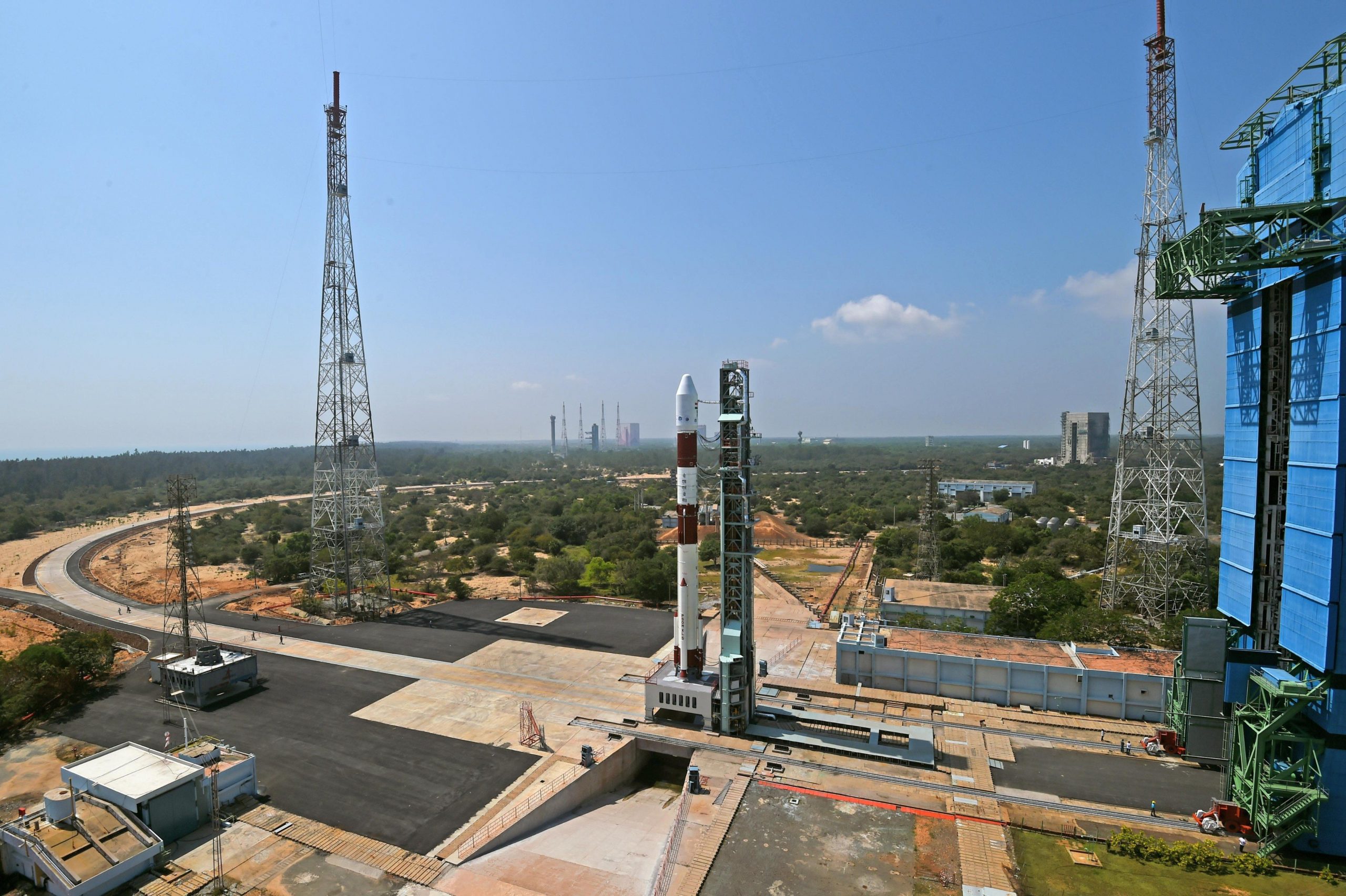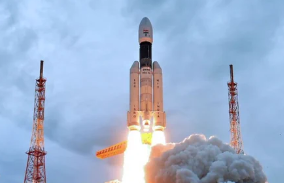ISRO’s
earth observation satellite, the EOS-03 (earth observation satellite 03) aboard
GISAT-1, could not be put in orbit successfully on Thursday morning. Though the
launch itself was successful, “due to a technical anomaly observed in the cryogenic
stage, ISRO’s GSLV-F10/EOS-03 mission could not be fully accomplished,” said
ISRO chairman K Sivan.
This was Indian
space agency’s third attempt at launching the satellite and the first time an Indian
satellite launch failed since 2017.
Also Read | Light coming from behind a black hole detected, proves Einstein’s 100-year-old theory
What is GISAT-1?
India’s GISAT-1, being called ‘eye in the sky’, is a geo-imaging satellite, which according to Union Minister Jitendra Singh will conduct daily imaging of the country three to four times. Perched at the height of 36,000 km above the Earth’s surface in its geosynchronous orbit, it was expected to offer real-time imagery of different areas.
GISAT-1 weighs 2 tonnes with a lift-off mass of 2,268 kg and 2280 W of power generation capacity. As per the ISRO website, “The satellite is configured around modified I-2k bus carrying multispectral and hyperspectral payloads in different bands with improved spatial and temporal resolution.”
This satellite marks the first time ISRO has used a four-metre diameter Ogive shaped heat shield.
Also Read | Was there life on Venus? A study finds out
GISAT-1 has largely have three uses. According to ISRO, it will provide close to real-time imaging of large areas of interest at frequent intervals. Furthermore, It can also be used to monitor natural disasters, episodic events and any short-term events and get spectral signatures for agriculture, forestry, mineralogy, disaster warning, cloud properties, snow & glaciers and oceanography.
While it was initially scheduled to launch in March last year, it had encountered some technical issues along with COVID led restrictions, pushing the date of the launch to August this year. Earlier this year, ISRO had launched 18 small satellites. ISRO has stated that India now “has one of the largest constellations of remote sensing satellites” to observe the Earth.
After this, ISRO is gearing up for launching RISAT-1A, a radar imaging satellite with synthetic aperture radar (SAR), that could take pictures during both the day and night, and be able to see through cloud cover as well, in September.







